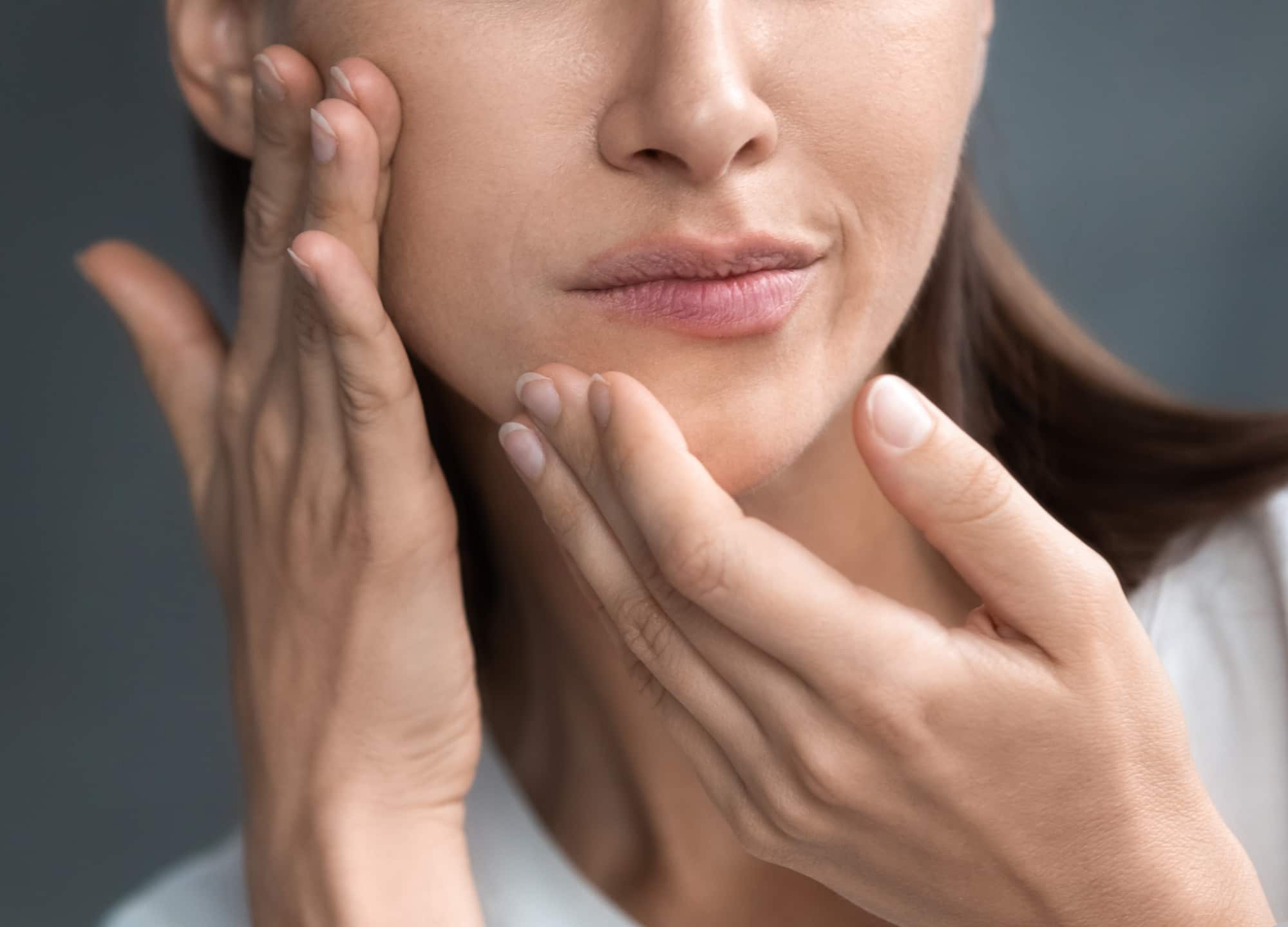In 2012, Francesca Rosa was diagnosed with Ramsay Hunt syndrome, a form of shingles that paralyzes the nerves in one half of the face. The Istanbul, Turkey–based chef and mother of two was 32 years old at the time. Here, she shares her journey to restore control over her face. As told to Deanna Pai, and edited for length and clarity.
When I was 37 weeks pregnant with my second child, I got shingles. If you had chickenpox when you were a kid, the virus can come back when your immunity goes down—so shingles is pretty common during pregnancies.
I started losing my balance and feeling electrical shocks in my head, so I believed something was off. I went to different doctors, but they said, “Oh, you’re pregnant, just get a pain reliever.” When I explained my symptoms to my uncle, who’s the director of a hospital, he said that it might be Ramsay Hunt Syndrome—but he’d never seen anyone with this disease. It’s quite rare and painful.
Basically, Ramsay Hunt Syndrome is shingles on steroids. Instead of appearing on the skin of your back or elsewhere on your body, it affects a nerve inside your face—the optical nerve or the facial nerve. In my case, the virus ate the right facial nerve and my eighth nerve, which is in charge of balance.
My case was identified early. But even though I got steroids and antivirals in Italy, where I was visiting my family, I still experienced paralysis two days after my diagnosis; paralysis is the main symptom of Ramsay Hunt syndrome, and the virus had hit too hard to be stopped. So it was not a surprise. I expected it. I looked into the mirror, and I said, “Okay, here it comes.” I felt really bad anyway—I didn’t have strength, I was exhausted, I was overwhelmed, and the electrical shocks and vertigo were killing me—so I really didn’t care.
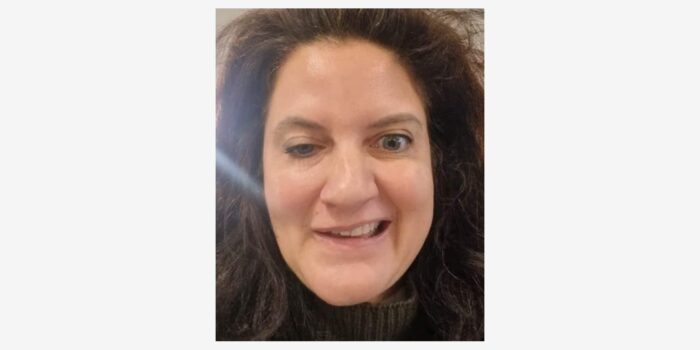
I was exhausted for three or four years. I couldn’t drive; if I saw things passing by or looked in the rearview mirror, I would lose my balance. I was in a wheelchair. I could not even have dinner because my food would just fall onto the plate. I could not blink, so I couldn’t watch TV, I couldn’t read. I had to tape my eye closed to sleep. So I really didn’t care about my face. There were priorities, like being able to walk or to have my baby in my hands without falling down.
Modern medicine told me that there was nothing I could do, to suck it up. What really helped me was my acupuncturist. In one session with, like, 20 needles, he managed to close my eye. So I kept going to this guy who put me back on my feet. I could drive after three sessions.
Then, in 2015, I had a double-cross facial surgery made of two operations. In the first surgery, the doctor used my sural nerves, which are the very long nerves in your calves from the ankle up to behind the knee, for a graft. From both legs, he took them out [Editor’s note: these nerves impact only sensitivity, not movement, so the sole side effect is numbness] and attached them to one-third of the good facial nerve—so not the nerve that had died but the one on the good side of my face, taking away one-third of the mobility and the function of the good side. But you don’t feel it because the nerve works perfectly, and the good facial nerve grew around the two sural nerves.
So that was my first surgery. They let it grow across my face, between my nose and my lip and all the way over—imagine it as an electrical cable. After a year, it was time to graft it during a second surgery. My doctor attached one branch of the sural nerve to my eyes because they wouldn’t squint or close when I tried to smile. He also attached it to the masseter muscle, which allowed me to smile.
We mechanically solved the problem by allowing the corner of my lips to go up when I clenched my teeth. I could have a proper closed-mouth smile but not an open-mouth smile, because you can’t clench your teeth with an open mouth. It’s always tiring: In order to smile, you have to clench your teeth. And when you laugh at a joke, that’s spontaneous and clenching doesn’t work, so you have a crooked face. That’s the reason I never took a selfie or liked to see videos of myself.
Once I didn’t have vertigo problems or fatigue anymore, I started thinking about my face and felt kind of ashamed of it. But it was a great improvement; I would be forever thankful to my surgeon for doing that. It was the best thing that I could have gotten back then.
After that, I had to go back to Italy to get Botox from my doctor. I have these crossed nerves in my face, so it’s super difficult to get the injections just right—you might hit visceral nerves, or you might get the graft. So it was a bit of trial and error, and it was very expensive and tiresome to go back and forth.
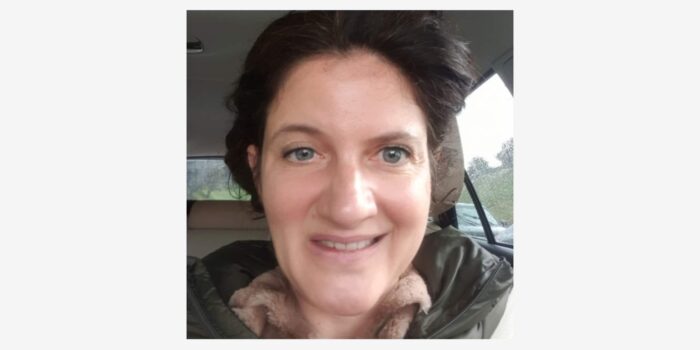
After spending some time researching synkinesis treatments in IstanbuI, I got to know Dr. Berke Ozucer. I tried Botox with him a couple of times. The third time I went, I had a breakdown and started crying. Botox might be okay, but then you have to do it every three or four months, since it wears away. And again, it’s trial and error. So I stopped getting Botox.
Then, maybe six months ago or so, I reached out to him. I’d seen a picture of myself on my birthday and started crying and thought, “Okay, it’s time to do something about this.”
Dr. Ozucer told me that he’d been working on a neurectomy procedure in the past three years, and he’d had great results. I didn’t know he was developing it. He said, “Let’s see if you’re eligible for this kind of thing and what we can do.” When we’d said goodbye three years earlier, he’d said that my case was too difficult for him because it’s very, very complicated. And now he’d told me that he had done this. So I went to him and felt comfortable enough to try it—and it worked.
Basically, it’s exactly the opposite of the operation that I’d already had done. The previous operation gave new movement through new nerves. WIth Ramsay Hunt, the nerves get damaged, and some of the nerves regrow, but in the wrong way—and that’s my problem. Not only is there no movement because the nerve is not there, but there are wrong movements because the parts of the regrowth were also miswired.
So the trick of this operation was to open my face, like for a lift, and stimulate all the nerves on my face one by one to see which one gave the wrong electrical stimulus. He could see which ones were doing this, and he cut those. In my face and neck, he cut 15 nerves that were doing the opposite of what they were supposed to do.
My eye now doesn’t squint anymore. To me, it’s amazing because everybody told me that it was impossible. Even Dr. Ozucer was like, “Well, I can do something about the eye—but I’m not writing it into the contract, because there is no literature about it. I think I found a way, but I cannot guarantee it.”
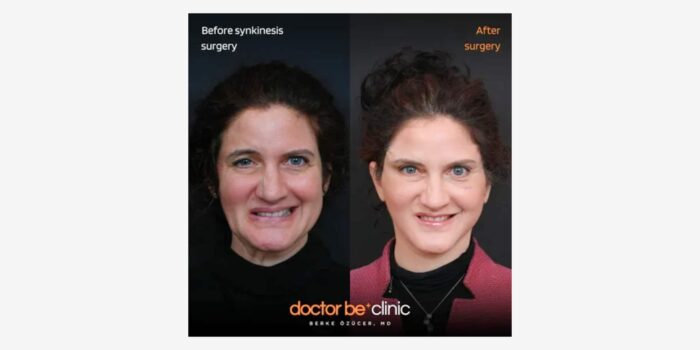
I also got a facelift and brow lift. Because the front of the face wasn’t working, my brow just slowly fell. That’s why I had a blepharoplasty with my old doctor in Italy—it all falls. So in order to have more symmetry, he could lift the brow from the sides during the surgery. The facelift was also not necessary, but it helped with the symmetry and the overall results. Dr. Ozucer did all three together. He didn’t know if he’d be able to do so, but he managed.
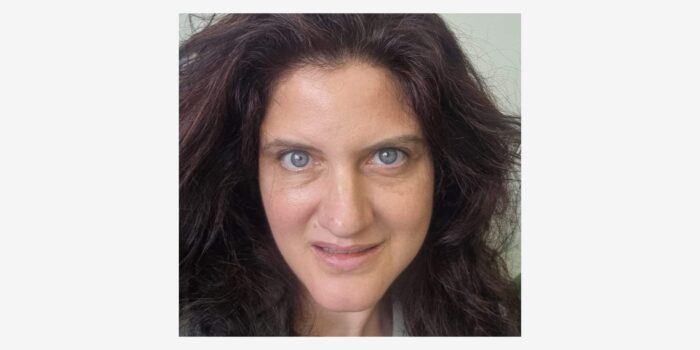
I’m really happy about that. You’ll get these doctors who promise and promise, and then they play with your face and you don’t know what happened. Now I can do an open-mouth smile. Last week, my husband and I saw a video of us at a table where suddenly, I was laughing and saying something.
I watched the video, saw myself smiling with an open mouth, and started crying from happiness. That was the first time I could see a video of myself and not feel ashamed. I could not believe it. It seemed impossible.







